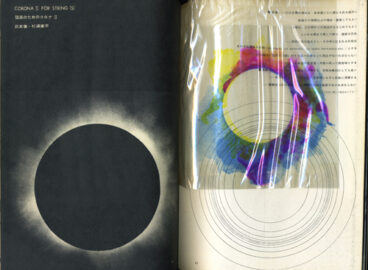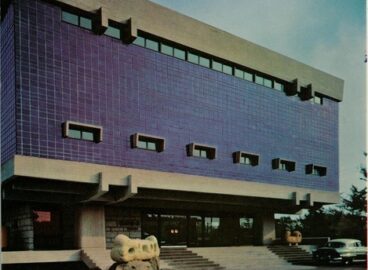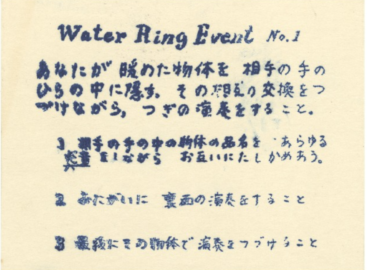Scroll down to see an annotated short list with a main focus on English-language texts on experimental music in 1960s Japan. This list is intended as a starting point from which we hope to develop a growing list of sources on experimental music in postwar Japan.
This list is not an authoritative bibliography. It can grow. Are crucial texts missing? Out-of-print publications that should be included? We welcome your additions, with commentary and links to the material if possible, and we encourage you to send us feedback on the list in general.
Source contents
Japrocksampler: How the Post-War Japanese Blew Their Minds on Rock ‘n’ Roll
By Julian Cope, 2007

From the unabashedly personal perspective of a musician (who toured in Japan) and a record collector, Cope writes about music in a way that moves beyond disciplinary boundaries found in academic writing. Aiming to introduce readers not only to Japanese rock and experimental music but also to Japanese underground culture after 1945, Cope’s book places the music in its historical and political contexts. In the rock section, for example, the ties between student movements as well as more radical Red Army movements are discussed in relation to the band Murahachibu. By writing about rock and experimental music together, Cope is able to show some important ties and influences that get lost in texts that focus on only one genre or the other. Experimental music composers discussed include Ichiyanagi Toshi, Joji Yuasa, and Kosugi Takehisa. Important: See the Japanese translation of this book for extensive annotations and corrections to the original.
Publisher: Bloomsbury Publishing PLC
Language: English
Link: https://books.google.gr/books?id=F_MXAQAAIAAJ&redir_esc=y
Yogaku: Japanese Music in the Twentieth Century
By Luciana Galliano, 2002
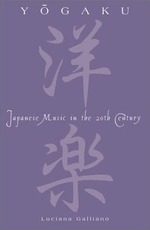
Galliano’s text examines the “infiltration of Western music into Japan” since the Meiji era. The book’s preface gives a brief history of earlier Japanese music and aesthetics, paving the way for a broad, comprehensive overview of contemporary Japanese music. Galliano emphasizes the beginnings of Western music in Japan as a social project. She presents yogaku in Japan as a model in which the opposite poles of “East” (Japan) and “West” (Europe) are bridged through processes of absorption, influence, and assimilation of “Western” practice in Japan. The book is divided into two parts: pre- and postwar.
Key concepts: absorption, infiltration, tradition, adaptation, assimilation, confluence of old and new/self and other, difference (from Europe), ma, Western music as modernization
Publisher: Scarecrow Press
Language: English
Link: https://search.worldcat.org/title/50877009
Radicals and Realists in the Japanese Nonverbal Arts: The Avant-Garde Rejection of Modernism
By Thomas R. H. Havens, 2006
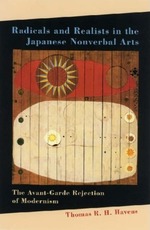
Havens’s book is highly valuable as an introduction to artists across multiple disciplines and for its emphasis on the oral testimony of Japanese avant-garde artists who were active in the 1950s and 1960s. Focusing on what the author calls “the most progressive” individuals involved in “the nonverbal arts” in postwar Japan, Havens offers a view of a changing terrain of artistic politics. The project is transnational in focus, comparative, and privileges the voices of the artists interviewed. The emphasis is very much on what is said about art rather than analysis.
Key concepts: modernity, modernism, “the West/the Other,” “post-Western,” the everyday, avant-garde
Publisher: University of Hawaii Press
Language: English
Link: https://library.nyarc.org/discovery/search?vid=01NYA_INST:NYARC
Change and Continuity in Contemporary Japanese Music: A Search for a National Identity
By Judith Ann Herd, 1987
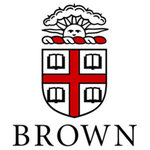
Herd provides a comprehensive overview of the history of Western music in Japan. The text is clearly structured in chapters organized chronologically and by theme. It relates the story of classical/contemporary music in Japan as one that is not just about borrowing and “East-West” hybridity, but also about the development and social purposes of Western music in Japan since the Meiji era. Herd’s main point is that we fail to do justice to composers and practitioners of Western music in Japan if we understand their work merely as the product of a happy joining of the ranks of the “international contemporary” scene. She also indicates (perhaps subtly) that Cage’s “influence” was not one-way, pointing out that long before Cage’s arrival in Japan, musicians such as Mayuzumi and Takemitsu pioneered ideas later made popular by the American artist and composer . While Herd focuses on orchestral, instrumental, and choral music for professional musicians by professional composers, she does include brief mentions of electronic works by composers such as Takemitsu and Yuasa, and mentions the Orchestral Space event which included Ichiyanagi, Yokoo Tadonori, and other classical and popular music/musicians (including chindonya street performers). Archival research, score analysis and historiographic work stand out over ethnographic concerns (although Herd’s knowledge of ethnographic studies in Japan clearly figures in her writings). While she conducted various interviews, her own analysis prevails over the “voices” of her subjects.
Key Concepts: change, continuity, nationalism, neo-nationalism, avant-garde, experimentalism
Publisher: PhD diss., Brown University
Language: English
Link: https://search.worldcat.org/title/22133231
Nihon no denshi ongaku (Electronic Music of Japan)
By Kawasaki Koji, 2009
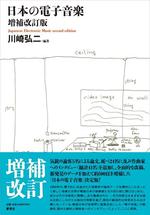
An expansive chronicle of electronic music in Japan concentrating on the period between 1950 and1980. Focuses on tape and early electronic music rather than pop/rock forms. The book includes interviews with key figures (musicians, composers, engineers), a year-by-year history of developments in Japanese electronic music, an extensive bibliography, discography, and a list of major mechanical, tape, and electronic works since 1929. The list is richly annotated with information on works’ instrumentation and the locations of their production and premiere. Though mainly about music, the book contains interviews and lists of works by artists such as Kosugi Takehisa and Ichiyanagi Toshi, who were central figures in Japanese intermedia art and Fluxus in the 1960s. Cover illustration by Kosugi Takehisa.
Publisher: Aiikusha
Language :Japanese
Link: http://koji.music.coocan.jp/text.html
The Beginnings of Electronic Music in Japan, with a Focus on the NHK Studio: The 1950s and 1960s
By Emmanuelle Loubet, 1997
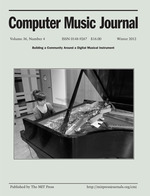
Drawing on her background as a radio producer, Loubet provides, over the course of two articles , an overview of early electronic music in Japan. The narrative focuses on the context of NHK Studio (Nihon Hoso Kyoku, or Japan Broadcasting Corp.) and the influence of electronic music-making at German radio stations. Loubet’s research combines historical research and interviews with insiders. Her earlier narrative highlights NHK engineers and figures such as composers Mayuzumi Toshiro and Moroi Makoto. Since Loubet’s history focuses on the NHK electronic music studio (as she makes clear), it omits some of the more experimental sources of early electronic music by members of Jikken Kobo in the 1950s (which she mentions), Group Ongaku, and film soundtracks. Part 2 is included in Computer Music Journal. 22.1 (1998): 49-55 with the title, “The Beginnings of Electronic Music in Japan, with a Focus on the NHK Studio: The 1970s.”
Publisher: Computer Music Journal. 21.4 (1997): 11-22
Language: English
Link: https://search.worldcat.org/title/198564359
An Annotated Bibliography of Japanese Electroacoustic Music
By Emmanuelle Loubet, 1998

Loubet’s bibliography of Japanese electronic music cites various sources in English, German, and Japanese from journals, books, radio broadcasts, archival resources, and liner notes.
Publisher: Computer Music Journal. 22.2: 4–6
Language: English
Link: https://search.worldcat.org/title/4896477881
“Scream Against the Sky”: Japanese Avant-garde Music in the Sixties
By Yayoi Uno Everett (Chapter 9 in Sound Commitments: Avant-Garde Music and the Sixties), 2009
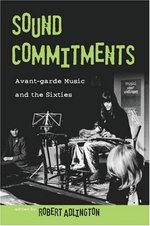
In this essay, Uno-Everett (a C-MAP visiting scholar in 2012) makes a case for the political currents in 1960s avant-garde music, which has often been characterized as apolitical by composers, scholars, and critics. Focusing on the Sogetsu Art Center between 1960 and 1964, Uno-Everett discusses the roles of Yoko Ono, Yuji Takahashi, Toshi Ichiyanagi, and John Cage in shaping a radical avant-garde.
Publisher: Oxford University Press
Language: English
Link: https://search.worldcat.org/title/317117521
